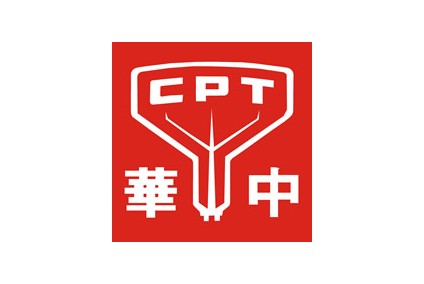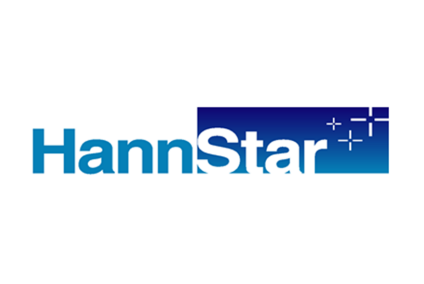This week we feature two stories that highlight how far down CPT and Hannstar are on a year on year basis. That reflects a range of problems at the moment for the panel industry.
 CPT and Hannstar are interesting companies because they are the result of a particular point in Taiwanese panel production expansion. Neither quite “hit the wave” or got enough capacity (as AUO and CMO, now Innolux, did). In 2002, CPT was of a similar scale to CMO, but didn’t ‘kick on’ and that left them with limited capacity which meant a limited ability to compete. CPT has a single G6 and some old G3.5 and G4 lines. When 32″ was the top of the LCD TV market, that was a good position, but no more as others moved to G7 and above. Hannstar has a G5.5 fab that was originally designed for making 19″ 5:4 monitor panels.
CPT and Hannstar are interesting companies because they are the result of a particular point in Taiwanese panel production expansion. Neither quite “hit the wave” or got enough capacity (as AUO and CMO, now Innolux, did). In 2002, CPT was of a similar scale to CMO, but didn’t ‘kick on’ and that left them with limited capacity which meant a limited ability to compete. CPT has a single G6 and some old G3.5 and G4 lines. When 32″ was the top of the LCD TV market, that was a good position, but no more as others moved to G7 and above. Hannstar has a G5.5 fab that was originally designed for making 19″ 5:4 monitor panels.
Neither of the companies made enough profit, or have backers with enough resources, to jump into bigger fabs and so could not compete effectively on larger panels with the bigger makers. This is where I have to use a word that we didn’t use in the newsletter until 2011 and that is “fungible”. It’s an important word in the LCD industry and we were introduced to it by David Barnes* who used it in his SID talk in that year. A production facility is “fungible” if it can be used to make a variety of different products and is defined by Wikipedia which says “Fungibility is the property of a good or a commodity whose individual units are capable of mutual substitution”. LCD factories, with some reconfiguration, can make most other types of LCD.
 This has meant that both CPT and Hannstar have been able to move away from making their original target products to make other LCDs. Both of the companies have moved to make smaller panels as these usually have a lot more revenue per unit of area. That means that if you have a limit on the area that you can produce, the only way to grow revenues is to make more revenue per area. CPT & Hannstar moved to notebook and then netbook and tablet panels as well as making touch panel sensors. However, even those markets have got tougher, especially this year, so times are hard.
This has meant that both CPT and Hannstar have been able to move away from making their original target products to make other LCDs. Both of the companies have moved to make smaller panels as these usually have a lot more revenue per unit of area. That means that if you have a limit on the area that you can produce, the only way to grow revenues is to make more revenue per area. CPT & Hannstar moved to notebook and then netbook and tablet panels as well as making touch panel sensors. However, even those markets have got tougher, especially this year, so times are hard.
In many industries, a company that doesn’t “catch the wave” of the market will either go bankrupt or be acquired, but this has not happened to either of these companies and that illustrates one of the structural issues that makes the LCD industry the way it is.
Acquisition has rarely made sense in the LCD industry, unless a target company has some technology that the buyer wants. Simply buying another company just to add capacity doesn’t make any sense. We have reported dozens of times over the last 15 years on rumours of consolidation in the Taiwanese panel industry, although few have turned out to be correct. This is because to succeed you need new and more cost-effective capacity. One big new fab has an advantage, but combining two smaller and older factories doesn’t.
The companies have not gone bankrupt because, basically, they have been able to sell their products for more than they cost to make, but can’t generate a true profit that would repay their investors. That means that nobody is keen to give them more money, but they can pay their bills. They are not quite “Zombie companies”, but not far off.
However, having these companies in the industry can make it harder for the big companies to raise prices for lower volume products. For example, 5:4 and 16:10 monitor panels are becoming specialty products as most users have switched to 16:9 formats. Vendors would like remaining buyers to pay more for them, but if they push the prices too high, these companies can jump in. So “fungibility” is good for buyers, but bad for the profitability of the industry.
Bob
*David retired from his main display work a little while ago, but maintained his contribution to Display Daily. He has now decided to fully retire, so I’d like to thank him for introducing me, and our readers to a number of important economic and business aspects of the display world. Thanks, David, we’ll miss you, but wish you a happy retirement!

